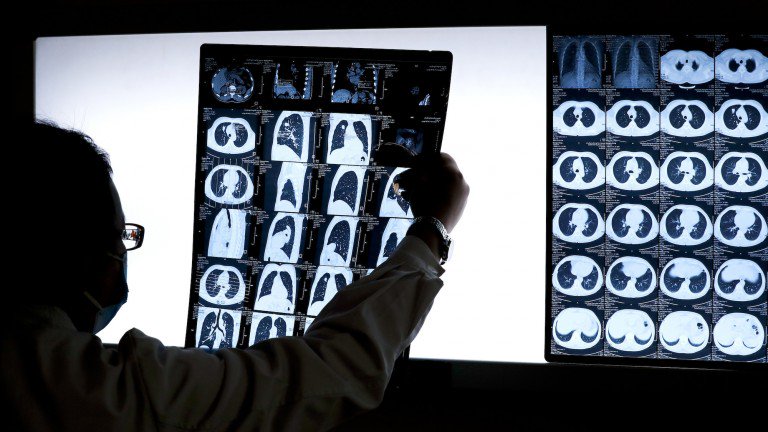Generative adversarial networks, the algorithms responsible for deepfakes, having an ability to generate highly realistic images, could also have important benefits for medical diagnosis. Deepfake (The word “deepfake” was coined in 2017, “deep learning” and “fake” combined) is a technique for human image synthesis based on artificial intelligence. It is used to multiply, combine or superimpose available images and videos into source images or videos using a machine learning technique known as generative adversarial network. Because of these capabilities, deepfakes have been used to create fake celebrity adult videos.
While Deep-learning algorithms are excellent at pattern-learning and matching in images and they can be trained to detect different types Tumors in Brain, cancer in a CT scan, differentiate diseases in MRIs, and identify abnormalities in an x-ray. But because of privacy concerns, researchers often don’t have enough training data and deep learning algorithms need training data to learn patterns and categorization, the more will be the data, the best will be the model. This is where GANs come in. They can synthesize more medical images that are indistinguishable from the real ones, effectively compounding and multiplying a data set to the necessary quantity.
There is another challenge, though. Deep-learning algorithms need to train on high-resolution images to produce the best predictions, yet synthesizing such high-resolution images, especially in 3D, takes a lot of computational power. That means it requires special and expensive hardware and GPUs, making its large-scale use difficult in hospitals.
So researchers from the Institute of Medical Informatics at the University of Lubeck proposed a new approach to making the process much less intensive. They broke it up into stages: the GAN first generates the whole image in low resolution, then generates the details at the required resolution one small section at a time. Through experiments, the experts showed that not only their method generated realistic high-resolution 2D and 3D images with low computational resources, but that the effort also remained constant regardless of the size of the image.
Recent breakthroughs in Artificial Intelligence as it expanded its ways after the introduction of GPUs from Machine Learning to Neural Networks then to CNNs as Deep learning and now deepfakes is changing the way we live, survive and thrive. While the possibility and dangers of using AI in war machines are still on the peak, is World also moving towards Robotic Medical Consultants and then towards Singularity?


























Leave a Reply